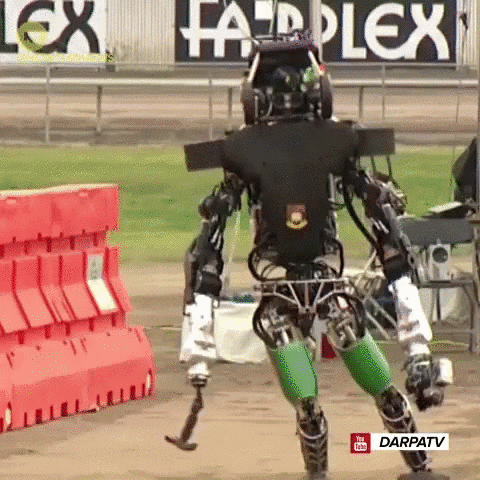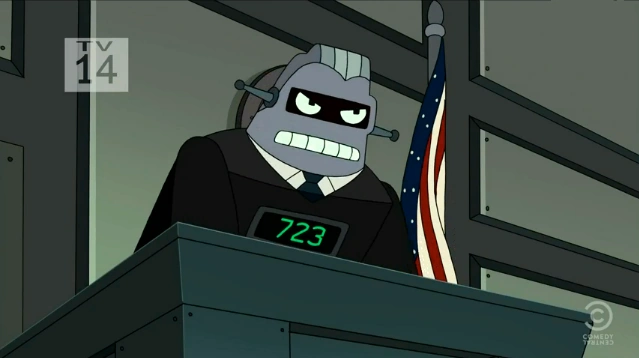TheShadowLord
Member
https://futurism.com/the-byte/estonia-robot-judge
Robo-Judge
The Estonian Ministry of Justice has officially asked Ott Velsberg, the country’s chief data officer, to design a “robot judge” to take care of a backlog of small claims court disputes, Wired reports.
The artificial intelligence-powered “judge” is supposed to analyze legal documents and other relevant information and come to a decision. Though a human judge will have an opportunity to revise those decisions, the project is a striking example of justice by artificial intelligence.
E-Stonia
Estonia, a tiny Northern European nation of fewer than 1.4 million inhabitants, has made impressive strides in digitizing, streamlining, and modernizing its government functions. Estonia famously launched its “e-residency” program that allows practically anybody — including foreigners — to access Estonian government services. Its digital national ID smartcard blazed the trail of next-generation government-issued IDs — despite its (significant) security vulnerabilities.
And it’s not just the court system that’s getting an AI overhaul in the country — in fact, AI already has automated a number of government functions. It’s scanning satellite imageswith algorithms to determine if subsidized farming operations are following government-mandated rules. AI algorithms are even scanning the resumes of laid-off workers to find them jobs.
Power Of AI
It wouldn’t be the first time an algorithm has taken care of legal issues. For instance, a UK-based chatbot helped overturn over 100,000 parking tickets in London and New York.
But it does mark the power of artificial intelligence and how it could not only streamline government operations and clear up huge backlogs — if, that is, we find and overcome the biases inherent in today’s automation algorithms.
Robo-Judge
The Estonian Ministry of Justice has officially asked Ott Velsberg, the country’s chief data officer, to design a “robot judge” to take care of a backlog of small claims court disputes, Wired reports.
The artificial intelligence-powered “judge” is supposed to analyze legal documents and other relevant information and come to a decision. Though a human judge will have an opportunity to revise those decisions, the project is a striking example of justice by artificial intelligence.
E-Stonia
Estonia, a tiny Northern European nation of fewer than 1.4 million inhabitants, has made impressive strides in digitizing, streamlining, and modernizing its government functions. Estonia famously launched its “e-residency” program that allows practically anybody — including foreigners — to access Estonian government services. Its digital national ID smartcard blazed the trail of next-generation government-issued IDs — despite its (significant) security vulnerabilities.
And it’s not just the court system that’s getting an AI overhaul in the country — in fact, AI already has automated a number of government functions. It’s scanning satellite imageswith algorithms to determine if subsidized farming operations are following government-mandated rules. AI algorithms are even scanning the resumes of laid-off workers to find them jobs.
Power Of AI
It wouldn’t be the first time an algorithm has taken care of legal issues. For instance, a UK-based chatbot helped overturn over 100,000 parking tickets in London and New York.
But it does mark the power of artificial intelligence and how it could not only streamline government operations and clear up huge backlogs — if, that is, we find and overcome the biases inherent in today’s automation algorithms.



